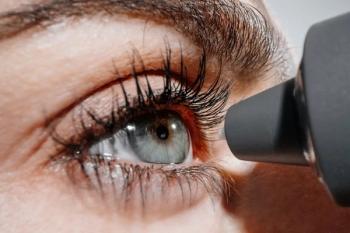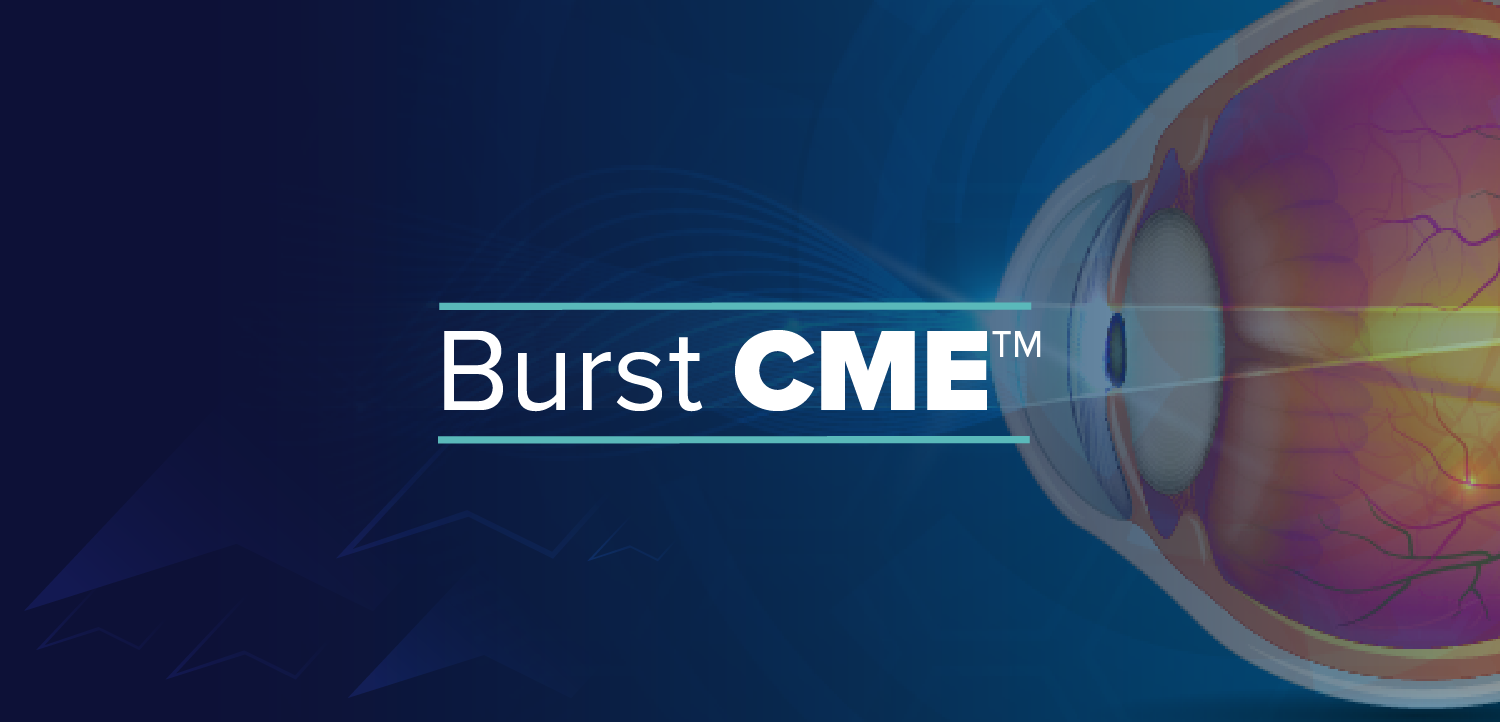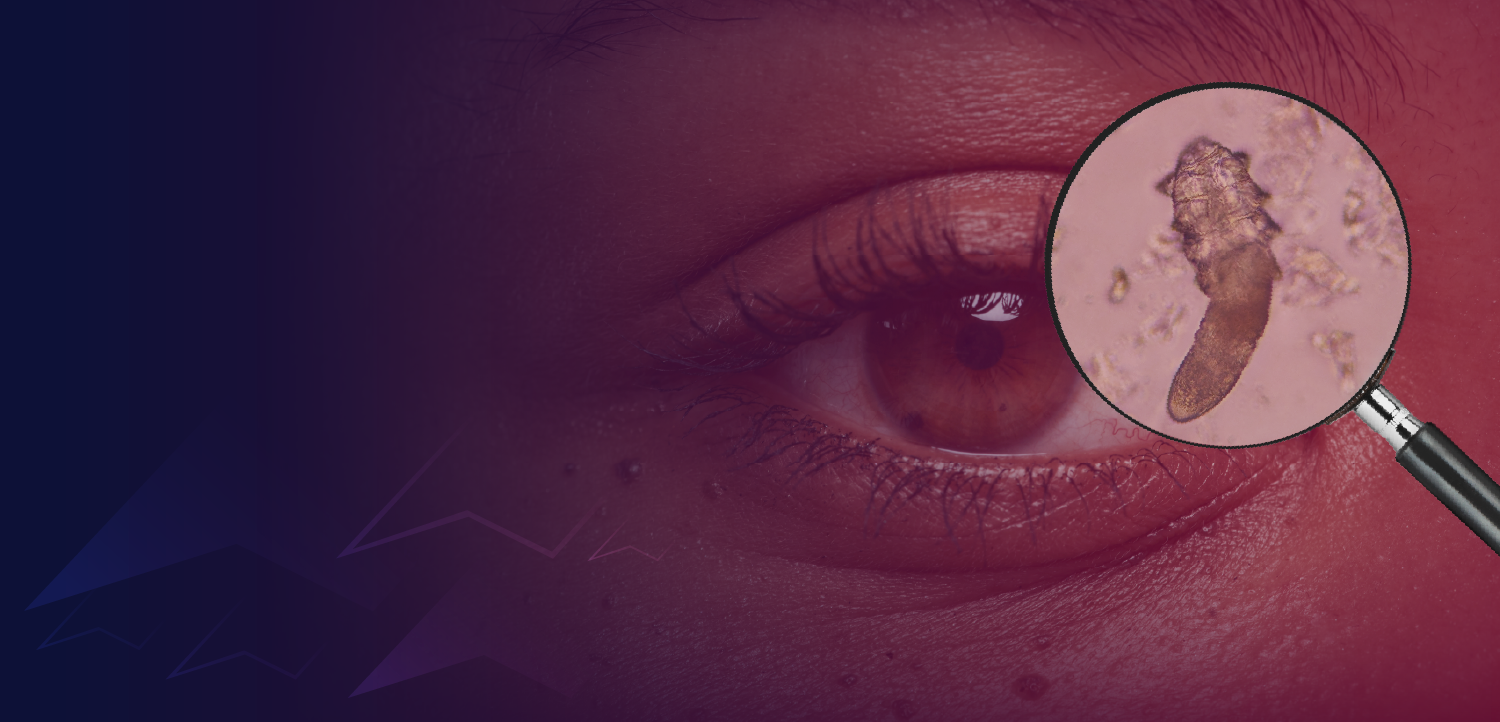
Addressing higher order aberrations with wavefront guided scleral lenses in long-standing patients with keratoconus
Jamie Kuzniar, OD, FAAO, FSLS, shares key takeaways from a case series that investigated higher order aberration reduction in longstanding scleral lens wearers.
At the 2025 Global Scleral Lens Symposium in Las Vegas, Nevada, Jamie Kuzniar, OD, FAAO, FSLS, presented a poster on her findings regarding reducing higher order aberrations in longstanding patients who have keratoconus and wear scleral lenses to manage it. Kuzniar shared some of her findings with the Optometry Times team as well as a few tips and tricks for replicating her success.
Video transcript
Editor's note: This transcript has been lightly edited for clarity.
Emily Kaiser Maharjan:
Hi everyone. I'm here with Dr Jamie Kuzniar, who is presenting a case series at the Global Scleral Lens Symposium regarding wavefront guided higher order aberration reduction in longstanding scleral lens wearers. So welcome, Dr Kuzniar! Thanks for being here.
Jamie Kuzniar, OD, FAAO, FSLS:
Thanks for having me.
Kaiser Maharjan:
Of course. So first, can you give me just like a quick summary of these case reports that you're presenting?
Kuzniar:
So in this case series, we focused on 3 of my longstanding keratoconus patients that have been wearing scleral lenses for years, and we re-fit them into higher order aberration-correcting scleral lenses. And we looked at the outcomes of before and after with an aberrometer, and what we were able to show is that they had a significant improvement with their higher order aberration, specifically coma, which not only improved their best-corrected visual acuity, but also their their lives, really, to become more functional with their lenses, even though they still have keratoconus, having a better outcome with their quality of life because their aberrations were corrected.
Kaiser Maharjan:
Fantastic. And this poster specifically targets, as you said, your longstanding keratoconus patients who have been wearing scleral lenses. So how did this affect the experience of going with this newer lens?
Kuzniar:
So when I started doing a lot of research with the higher order aberration lenses, basically what I started doing in my office was I just started screening all my patients that were happy. You know, we have a lot of happy keratoconus patients that are so grateful to have their scleral lenses. And what I actually found was a lot of them were still struggling, but they thought it was just the best that they could be. So in this case series, we were able to offer them something even more. And it was quite incredible to see that, even after decades, for some of my patients, it was the best that they've ever seen. So that was amazing to not only have an increased visual acuity, but also you could physically see that their coma was significantly reduced with an aberrometer. So it wasn't just subjectively [saying] they see better. We could actually prove it with the aberrometer.
Kaiser Maharjan:
That's fantastic. And were there any surprises that you found in these cases?
The thing with higher order aberrations is a lot of times it's hard to tell just using lines of acuity. I actually did have one patient where we significantly reduced his HOAs, but his visual acuity on the chart was the same. And so I think a lot of times when we see a patient that's 20/20 and they're unhappy, as doctors, we don't understand why. So really it was surprising and kind of more eye-opening to me that I probably have a lot of patients that, on the chart, they seem like they should be doing fine, but they can be significantly improved at a clinical level.
Kaiser Maharjan:
Do you have any kind of key takeaways from this poster that you really want to drive home?
Kuzniar:
So some of the key takeaways that I saw when I was doing this case series is that some of the best candidates for these HOA lenses are definitely candidates that have a lot of these higher peaks in their HOA. So in my my case series, my patients had higher peaks in vertical coma and some of it in spherical aberration. So those candidates that have those really high peaks of HOAs are the best candidates for these HOA-corrected lenses, and they they tend to be the happiest patients with their outcomes because they have the most significant improvement. So if I had any advice to people looking at getting into HOAs, when you're looking at all of these, you know, all these aberrations, and how do you know if it's a good candidate or not? It's just really looking for those large peaks, because you can really target and attack those with the newer lenses and make the greatest improvement for your patients.
Kaiser Maharjan:
Absolutely. Going off of that, do you have any tips and tricks for picking candidates who work really well for these HOA lenses?
Kuzniar:
So not only looking for those larger, larger peaks, really, what we looked at was their RMS values, and what I looked for is if they scored above a .4, I could tell that those higher order aberrations were likely affecting their vision at some at some level. If it's lower than that, even if you improve that by 50%, it's already at a pretty low amount. So subjectively, the patient might not have a great visual outcome. So I think it's important to look at their starting point and how much room for improvement you have to know if the patient will also be happy. Because we work a lot of these lenses, and they don't care if your aberration numbers are lower, they care about how they're going to leave your office and live, you know, the other 364 days of the year, right? That's great if your research shows that they improved, but really, it's if your patients lives are improved [is] really the main thing.
Kaiser Maharjan:
Absolutely, that seems like you know the big take home message. Were there any clinical pearls that you picked up during this case report that you can share?
Kuzniar:
For a lot of patients, what I did notice is that when we did reduce their higher order aberrations, a lot of times we had ended up having to change their refractive base power of their scleral lens because a lot of times the patients were already overcognating or focusing through those HOAs, and once those are neutralized, sometimes we had unexpected refractive outcomes, and so I just started prepping my patients for that, just to say, sometimes we have to make a few adjustments to the lens once your HOAs are improved. Also, there's a lot of like neuro adaptation that happens because they're used to focusing through that for many years, or maybe even decades, and their brain has to neuro adapt to actually seeing clearly for the first time in a long time. So those are some of my key takeaways that they had as well.
Kaiser Maharjan:
Is there anything else that you want to mention about this poster that we haven't discussed?
Kuzniar:
The one thing that I would mention about this poster is [that] there's a lot of doctors out here that are very interested in HOA correcting lenses. And for years, we've been researching it, and I, even myself, was on the fence of, should I jump on board? Should I start offering this to my patients? And my advice is just, you know, get an eye aberrometer, and just start screening your patients and I think it'll be really eye-opening that really, this can be really accessible to most of us in practice that are fitting scleral lenses to offer this to our patients now. So I think, if you've been, you know, waiting for more data to come out, that there's going to be so much more data coming out over the next few years that hasn't already come out, and I think it's going to be really eye-opening to a lot of practitioners.
Kaiser Maharjan:
Fantastic. Well, thank you so much for taking the time to chat today, Dr Kuzniar. It's been a pleasure to hear more about this poster and learn more about HOA lenses. So thanks for being here.
Kuzniar:
Thanks for having me.
Newsletter
Want more insights like this? Subscribe to Optometry Times and get clinical pearls and practice tips delivered straight to your inbox.



















































.png)


